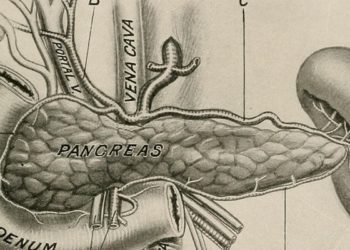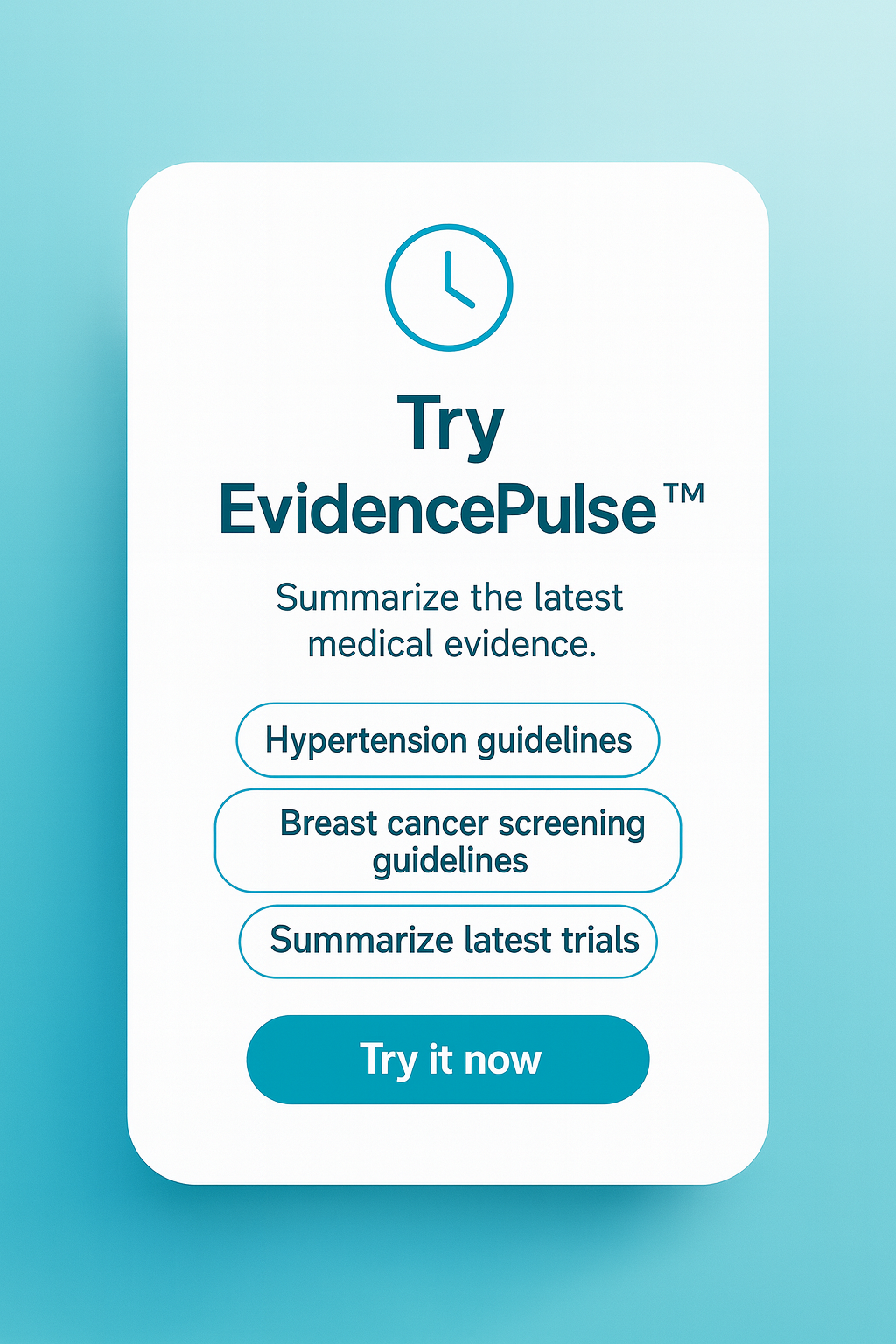Prescription of tramadol is associated with higher rates of adverse clinical outcomes compared to codeine in patients with chronic, noncancer pain
1. A retrospective, population-based cohort study found that tramadol prescription was significantly associated with all-cause mortality, cardiovascular events, and fractures at higher rates than codeine prescription was.
2. No difference in event rates for constipation, falls, delirium, opioid use disorder or sleep disorders were noted between tramadol and codeine users.
Evidence Rating Level: 2 (Good)
Study Rundown: Chronic, noncancer pain is highly prevalent in the general population and can significantly decrease quality of life. Opioid medications are commonly prescribed for chronic pain management despite their extensive side effect profile. Tramadol and codeine are two widely prescribed weak opioids; this study sought to compare the adverse events associated with tramadol versus codeine used to treat a range of pain presentations in adult patients. Xie et al. conducted a retrospective cohort study of the population in Catalonia, Spain using the System for the Development of Research in Primary Care (SIDIAP) database. A total of 368, 960 patients prescribed tramadol or codeine between January 1, 2007 and December 31, 2017 were included in the final propensity-matched cohort. The 1-year cumulative incidence of all-cause mortality for patients prescribed tramadol was 12.86 per 1000 participants versus 5.59 per 1000 in the codeine group. The 1-year incidence of cardiovascular disease was 9.97/1000 participants in the tramadol group versus 8.62/1000 in the codeine group; finally, the incidence of fractures was 12.07/1000 for tramadol and 8.08/1000 for codeine. There was no significant difference in the rates of constipation, delirium, falls, opioid abuse/dependence and sleep disorders between the two groups. This study found that tramadol is associated with a higher risk of specific adverse events over a 1-year span compared to codeine in the Spanish population studied. It contributes important data to our understanding of the safety profile of weak opioids in the setting of chronic noncancer pain, which is highly important given the frequency with which they are prescribed. A primary limitation of this study was its retrospective design, which does not control for potential confounders. Additionally, reliance on a single database makes data subject to information bias. Similarly, measuring exposure by tramadol or codeine prescription may not represent actual medication use (i.e., a prescription is dispensed but may go partially or wholly unused) so the values for incidence of adverse effects reported here should be interpreted with caution. Despite these drawbacks, Xie et al. gathered data from a robust cohort and thoroughly explored the safety of common pain medications.
Click here to read the study in JAMA
Click here to read an accompanying editorial in JAMA
Relevant Reading: Opioids for chronic noncancer pain: a meta-analysis of effectiveness and side effects
In-Depth [retrospective cohort study]: The SIDIAP was the primary source of data in this study; this database draws from electronic health records, sociodemographic factors and pharmacy claims for the Catalonia region. It has been previously validated. New prescriptions of tramadol or codeine were considered within a 12-month lookback window. Patients were excluded if they had been prescribed opioids for a history of trauma or major surgery, or if they had an ongoing opioid prescription within 12 months of the index date. Propensity score matching was used to control for possible confounding in this study calculated using a logistic regression including all baseline patient characteristics. Study outcomes were evaluated using the International Classification of Diseases code (ICD-10) for the following events known to be associated with opioid use: all-cause mortality, cardiovascular event (stroke, arrhythmia, myocardial infarction, heart failure), fracture, falls, delirium, constipation, sleep disorders, opioid abuse/dependence. Kaplan Meier survival curves and hazard ratios were used to summarize event rates since the index date. The most common indications for opioid prescription in the tramadol and codeine groups respectively were: back pain (47.5%, 48.5%), neck/shoulder pan (28.6%, 29.5%) and osteoarthritis (15.3%, 15.5%). The incidence of all-cause mortality, cardiovascular disease and fractures in 1 year per 1000 participants are listed as follows for the tramadol cohort versus the codeine cohort, with 95% confidence intervals: 12.86 (12.34-13.38) versus 5.59 (5.25-5.94) for mortality, 9.97 (9.50-10.43) versus 8.62 (8.19-9.05) for cardiovascular disease, 12.07 (11.56-12.57) versus 8.08 (7.67-8.50) for fractures. The hazard ratios for each adverse event in the tramadol group versus the codeine group are as follows, with 95% confidence intervals listed: mortality 2.31 (2.08-2.56), cardiovascular events 1.15 (1.05-1.27) and fractures 1.50 (1.37-1.65). Sensitivity analysis demonstrated that the higher mortality risk associated with tramadol prescription versus codeine was significantly associated with younger age (hazard ratio 3.14, 95% confidence interval [1.82-5.41]) versus older adults. Cardiovascular events were more likely to occur in women (1.32, [1.19-1.46]) compared to men.
Image: PD
©2021 2 Minute Medicine, Inc. All rights reserved. No works may be reproduced without expressed written consent from 2 Minute Medicine, Inc. Inquire about licensing here. No article should be construed as medical advice and is not intended as such by the authors or by 2 Minute Medicine, Inc.









